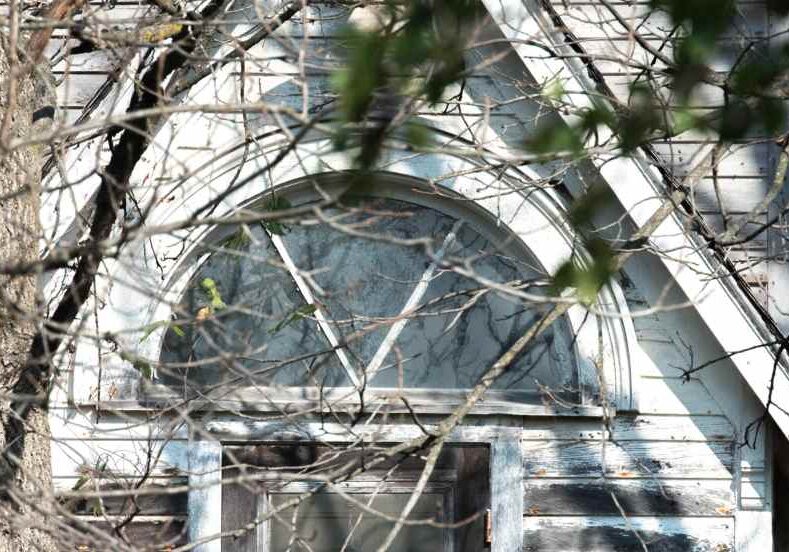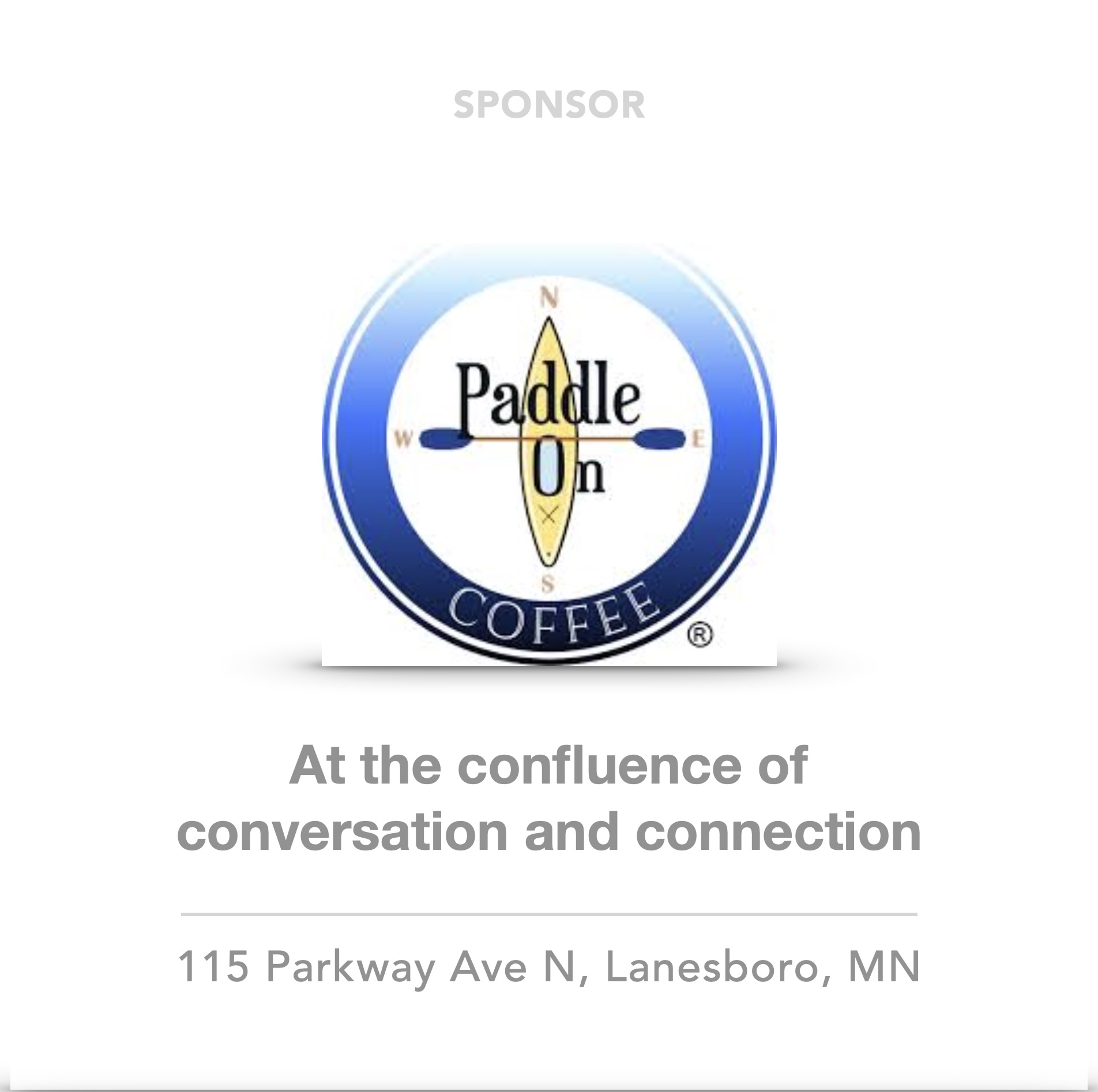Essay | The Pursuit of Happiness
Nordic countries lead the way – “caring and sharing” thoughts for this holiday season

STOCKHOLM, SWEDEN—On a Sunday train ride from Gothenburg, Sweden to Stockholm, families filled the carriages to overflowing after a weeklong school holiday. The kids were loud and full of energy while a few parents, the look of exhaustion on their faces, nodded off for a short nap.
The four-hour ride across southern Sweden profiled great tracts of farmland surrounded by the ever-present bodies of water that makes up this Nordic country. Sweden is a surf and turf kind of place.
My wife, Pat, and I arrived at Stockholm’s Central Station on a late autumn afternoon, cloudy and rainy, and took a taxi to our hotel in the Sodermalm area of the city. Our cab driver, an Iranian émigré, told us about his life in Sweden.
“I love Sweden, but we will lose the sun in a month. Winter is long, dark and cold.” He appreciates the social safety net the government provides – free school and health care. Like many refugees to a new country, he has felt discrimination. Despite this, he embraces his new country.
Since 2015, Sweden, with a population of over 10 million, has accepted more than 250,000 migrants into their country. Many of them were refugees from the Arab Spring uprising in the Middle East.
When our driver learns that we worked with refugees in the past, he shuts off the cab’s meter and says, “Oh, I love you. I will never forget you.” He retrieves our suitcases and shakes our hands when we reach the hotel.

The Nobel Prize Museum is located in Stockholm’s Old Quarter. Created by Alfred Nobel, the inventor of TNT (dynamite), the first awards were issued in 1901 to those “whose discoveries have benefited the world.” Today, awards are given in Medicine, Physics, Chemistry, Literature, Economics and Peace. (Photo by John Torgrimson)
World Happiness Report
Located on the Baltic Sea, Sweden (about the size of California) is home to more than 250,000 islands, the most of any nation in the world. It is also among five Nordic countries recognized as the happiest on earth.
According to the World Happiness Report, Sweden is the fourth happiest in the world, along with Finland (1st), Denmark (2nd), Iceland (3rd), and Norway (7th). America is ranked 24th.
The Report is published annually by the University of Oxford’s Wellbeing Research Centre in partnership with Gallup and the UN Sustainable Development Solutions Network.
The 2025 Report documents the impact “caring and sharing” has on people’s happiness. The Report equates happiness to Shakespeare’s Merchant of Venice, where caring is “twice-blessed” – there is benefit to the recipients of caring behavior and benefit to those who care for others.

Inside the Nobel Museum, there are a series of cards with the picture and biography of all 1,025 Nobel Laureates awarded since 1901 rotating on the ceiling. (Photo by Pat Torgrimson)
Respect for nature
We meet up with our Swedish friend Jan Hershfeld. We have known Jan (pronounced Yon) for more than 30 years and have met up on several occasions in both America and Europe. Jan grew up in Stockholm and on our second day in the country picks us up at our hotel in his VW Skoda and takes us on a driving tour of the archipelago surrounding the city.
We are soon in rural areas that resemble northern Minnesota – rocky, lichen covered landscapes with pine forests.
Sweden has a law called the Right of Public Access (Allemansrtäten), that allows anyone the right to hike, cycle, ride, ski, and camp on any land as long as they stay at least 70 meters away from farm homes, gardens and buildings. Foraging for mushrooms in the woods is almost a national pastime.
Despite the rain that day, hikers and bikers are out and about. The Swedes have a saying: There is no such thing as bad weather, only bad clothing.

Swedes are outdoor people – rain or shine, it is common to see hikers and bikers out in all kinds of weather. They start young, as evidenced by these preschoolers bundled up for a morning walk. (Photo by Pat Torgrimson)
Near Vaxholm, a couple of hours north of the city, where Jan once lived with his young family, we stopped for lunch at a small-town café. It’s a warm and inviting place with a homey feel.
After lunch of tomato basil soup and fresh bread we drive to an adjacent island – taking the free car ferry a half mile that connects the two roads across a bay in the Baltic.
Because of its many islands, Sweden’s infrastructure of tunnels, bridges and harbors facilitates a diverse transportation system that includes ferries, taxi boats, subways, trams, buses, and trains that give people access to the outdoors.
An investment in family
When I ask Jan what the secret to Sweden’s happiness is, he answers immediately, “Life balance. An investment in family.”
He explains that in the early 1900s, Social Democrats (think of Bernie Sanders) came to power and, for the next 40 years, working with trade unions, began implementing laws that supported social welfare provisions paid through progressive taxation.
Today, a center-right coalition is in power, but they have no intention of changing the social contract that has been built up over the last 100 years.

The Swedish Parliament (Riksdag) is located in the Old Quarter of Stockholm in an area called Gamla Stan. Sweden, which is governed by a center-right coalition, has a constitutional monarchy. The King’s role is mainly symbolic, opening parliament and representing the country abroad. (Photo by John Torgrimson)
Swedes trust their government and have high expectations of it. The minimum tax in Sweden is 30-percent. But with it comes a litany of social benefits.
The country’s benefits include national health care; 460 days paid parental leave (both parents can share this); childcare (fees are staggered depending on income); and free schooling (including college tuition).
“We work a 40-hour week, but have five weeks off each year,” Jan said. “Childcare is important – we are a small country and need all the workers possible. These social programs are really an investment in family.”
Sweden and other Nordic countries are sometimes described as “welfare capitalist countries.” Most businesses are privately owned and operate in a competitive market-oriented system that supports extensive social programs. As a member of the European Union, Sweden has easy access to member-state markets.

These are some of the oldest merchant buildings in Stockholm. Sweden is a capitalist country with a progressive tax system that supports social programs. Employees work a 40-hour week, with five weeks of vacation. (Photo by John Torgrimson)
Fika, Fika, Fika
On the main drags in Stockholm you will find at least one, if not several coffee shops on every block. Believe me, they are everywhere.
These are not grab-a-cuppa-Joe-and-go kinds of places like Starbucks. Twice a day, if not more often, Swedes will go for Fika (pronounced Feeka) and meet up with friends or colleagues for a sit down cup of coffee and Cinnamon bun and chat and share the day’s happenings – getting both a shot of caffeine and a shot of community.
This sense of belonging, taking time out of your day to connect, is part of the Swedish recipe for happiness.
Many homes have saunas (pronounced sow-nas) and use them as often as possible, creating a social event by inviting others.
Sweden shares a common language with Denmark and Norway, each with its specific dialects. All three countries have adopted English as their second language. Store clerks would greet me with hey (hello in Swedish). The moment I respond with hello, they would switch instantaneously to English. Most of the country is bilingual, and many like Jan are multilingual.
“We speak English almost from the day we’re born,” says Jan. “Our language is spoken by only 30 million people in three countries. So, English connects us to the rest of the world.”
Part of the World Happiness Report talks about civility, respect and empathy for others – the idea that you want others to succeed, to be successful, to have a share in the common wealth of your country.

John Torgrimson (right) and traveling friend Jan Hershfeld. Jan, who grew up in Stockholm, gave the Torgrimsons an insider’s look into his country and hosted several Fika coffee breaks with the two of them. (Photo by Pat Torgrimson)
Swedes have faith in their government. Education is free because they want everyone, regardless of status, to have the right to learn and better themselves.
The government pays parents when they have children, encouragement to stay home and care for their newborn, an important time in the child’s development.
And everyone has access to the outdoors – to enjoy the benefits of the natural world.
If contentment is the blueprint for happiness and satisfaction, then the Swedes, like their Nordic neighbors, have found it. The combination of institutional trust, strong social support, and quality public services creates a common sense of security and equality, which serves as a benefit to all.
Is Minnesota “Twice-Blessed”?
While Sweden’s natural beauty reminded Pat and me of Minnesota, I like to think that our state shares some of the same “happiness” attributes that our Nordic friends do – that we are, as Shakespeare wrote, “twice-blessed”.
Our Finnish, Swedish and Norwegian ancestors settled here bringing with them a strong work ethic, a sense of community, and love for our natural resources.
As we gather with family this Thanksgiving weekend and through the holiday season, let’s be grateful in the knowledge that there is a common bond that binds us together; that despite our differences, most Minnesotans are grounded in respect for each other; that we share a common concern for the welfare of our neighbors and a willingness to help others in their time of need.
At a restaurant on our last night in Stockholm, the host greeted us in English and asked where we were from. I responded, “America.”
There was a pause and then she said, “Ah, America” (much of Europe sees in us a decline in world leadership and a turning away from democratic principles).
I responded with, “We’re from the state of Minnesota.”
She brightened. “There are many Swedes there?” she questioned.
“Yes, and Finns and Norwegians. My ancestors are from Norway,” I explained. She smiled and nodded her head.
After our dinner, the waiter brought us the bill. He asked us how we liked our meal. And before we could answer, he said, “I hear you’re Scandinavian. Thank you for coming.”






